Fibonacci Sequence.
The Fibonacci sequence is the division of the segment into two parts so that the ratio of the longer one to the shorter length is the same as the entire length to the longer part. This sequence was described by the Italian Mathematician Leonardo from Pisa (called Fibonacci).
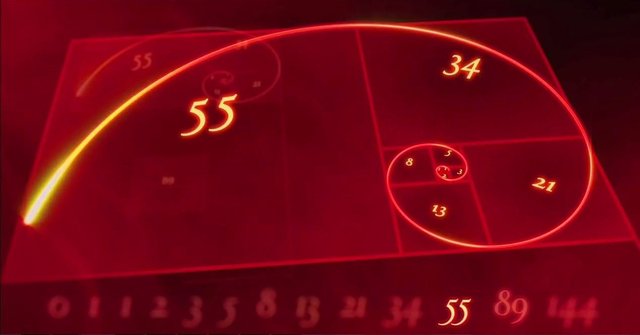
0, 1, 1, 2, 3, 5, 8, 13, 21, 34, ...
When we divide two any consecutive numbers in a fibonacci sequence, the ratio of these numbers will always be the same number. It is approximately 1.618. The greater the numbers we divide, the greater the approximation we get. This also works when we pick two random whole numbers to begin the sequence, such as 192 and 16 (we get the sequence 192, 16, 208, 224, 432, 656, 1088, 1744, 2832, 4576, 7408, 11984, 19392, 31376, ...)
This number is called "Golden" and was already known to the ancient Greeks, and is marked with the Greek letter "Phi" Φ.
Mathematics creates the world and its references can be found everywhere, at every step. It's the same with Fibonacci numbers. The graphic form of this sequence is called Golden Spiral. The characteristic feature of the Golden Spiral is that every 90 ° its width increases (or decreases), and the ratios of the sides of subsequent squares are equal to Φ.
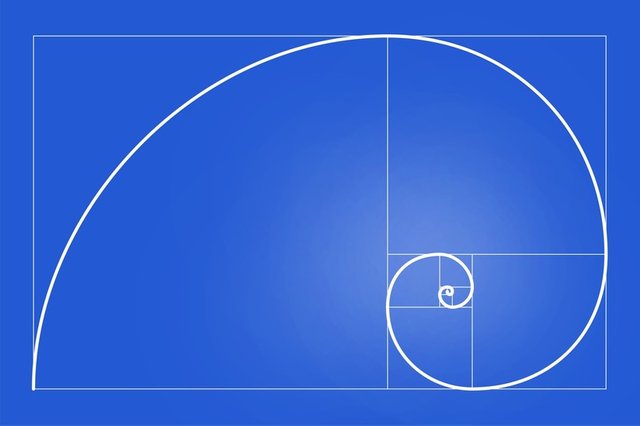
The Pascal's triangle is a mathematical combination of numbers in the form of an array. On the sides of the triangle are the numbers 1, and the rest are formed as the sum of the two directly above it. The numbers standing in the nth row are the successive Newton binomial ratios. In this notation we can observe the occurrence of Fibonacci numbers as well.
We can notice them by summing the numbers shown in the image below.
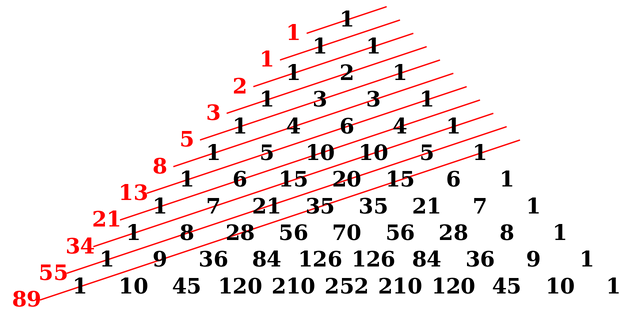
The number also has extraordinary aesthetic qualities. Ancient architects used it to construct such buildings as the Parthenon. They tried to have as many elements as possible in relation to each other.
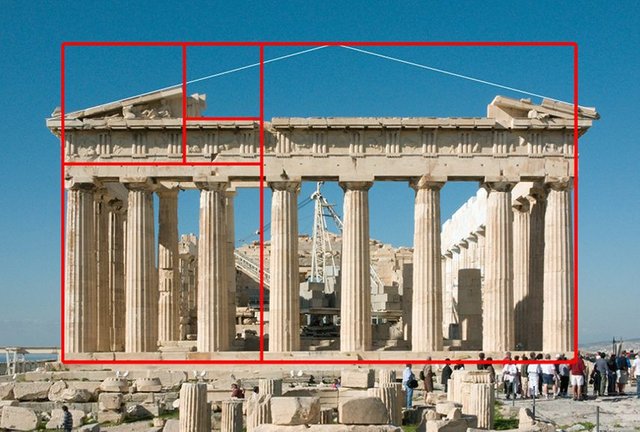
Source: https://blog.prototypr.io/golden-ratio-what-it-is-and-why-should-you-use-it-in-design-7c3f43bcf98
It is worth saying that the proportions of man are similar to the Golden Ratio. The flagship example here is the ratio of the height of the person to the length from the feet to the navel, or the ratio of the distance between the arm and toe and between the elbow and the tip of the fingers. Golden proportions retain even the spirals of our DNA. The DNA molecule measures 34 units of length by 21 units of width for each section of the double helix. The occurrence of the Golden Number in the construction of man, as well as in nature, is an extraordinary phenomenon.
It indicates the existence of some higher rule.
In the overwhelming majority, an optimally developed flower without mutation and deformation, always has a number of petals being the Fibonacci number. According to the principles of golden ratio, the entire plant growth process is also carried out. Examples of such plants can be: sunflowers, pine cones, daisies, pineapples.
If we numbered the branches according to the height on which they grew, it will turn out that the number of vertically contiguous branches is the Fibonacci number, and in addition the number of branches between vertical branches is also that number.
The principle of spiral filotaxy also has its place in the world of plants, where the growing leaves mutually do not obscure.
This principle was also used by the Egyptians in the creation of pyramids. The side wall of the pyramid divided by half the base gives us approximately the number of "Phi".
You can also distinguish a lot of different examples from art including paintings: Mona Lisa, The Last Supper, The Birth of Venus or the marble sculpture of Venus from Milo. Nowadays, these dependencies can be found in the logos of well-known brands, such as:
- Apple logo
- Toyota
- Pepsi
The principles of the Fibonacci sequence and the golden number can also be found in the world of music. The relationships between individual sounds in music are based precisely on the mathematical laws of harmony, and more specifically on the Golden Ratio. The range of audible sounds extends from 32 to 73700 vibrations per second. Sounds in the range of 60-33000 oscillations have a musical character. Distances between two sounds are called intervals.

The musical score of Pachelbel's famous D Major canon is constructed according to Fibonacci numbers and its reflection can be found in many contemporary music pieces for example:
- Green Day - Basket Case
- U2 - With or Without You
- Bob Marley - No Woman No Cry
- The Beatles - Let It Be
In addition, most of Amadeus Mozart's sonatas were divided into two parts exactly in keeping with the golden division. This principle was also used by Antonio Stradivarius while constructing his best cello.

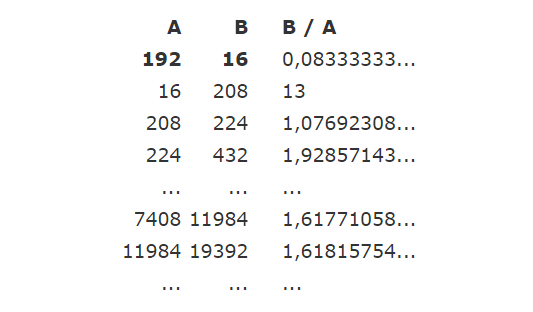

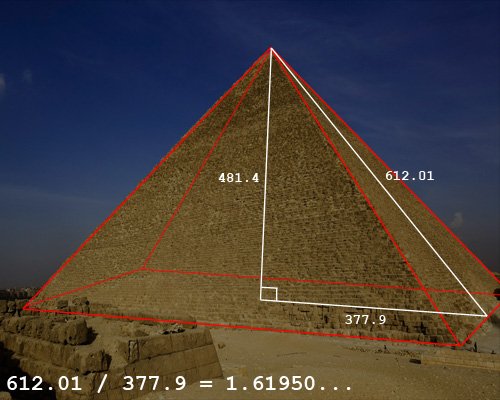
Congratulations @simson1! You have completed the following achievement on Steemit and have been rewarded with new badge(s) :
Click on the badge to view your Board of Honor.
If you no longer want to receive notifications, reply to this comment with the word
STOP